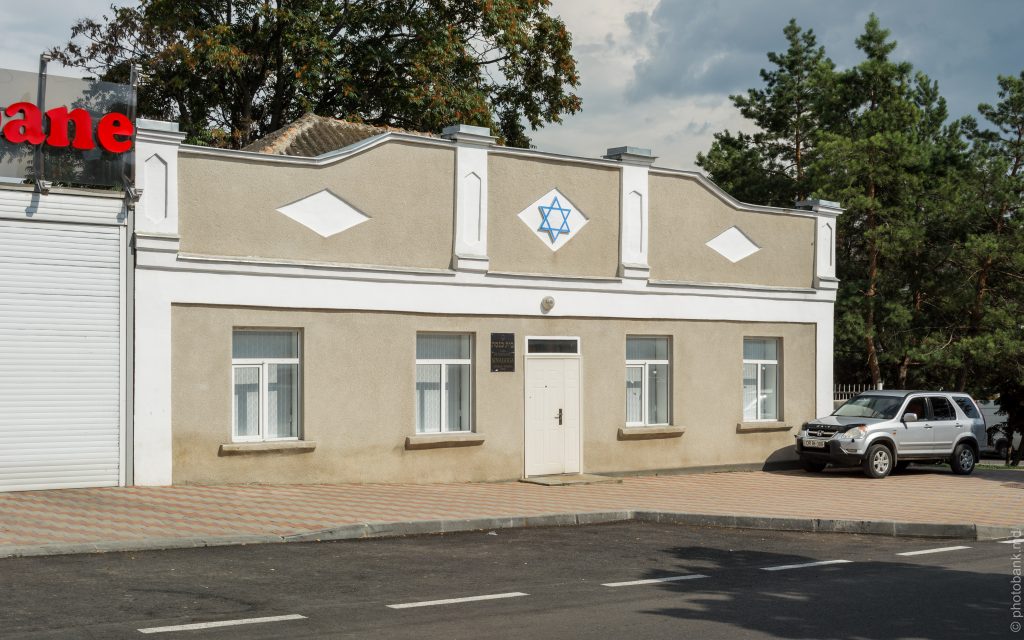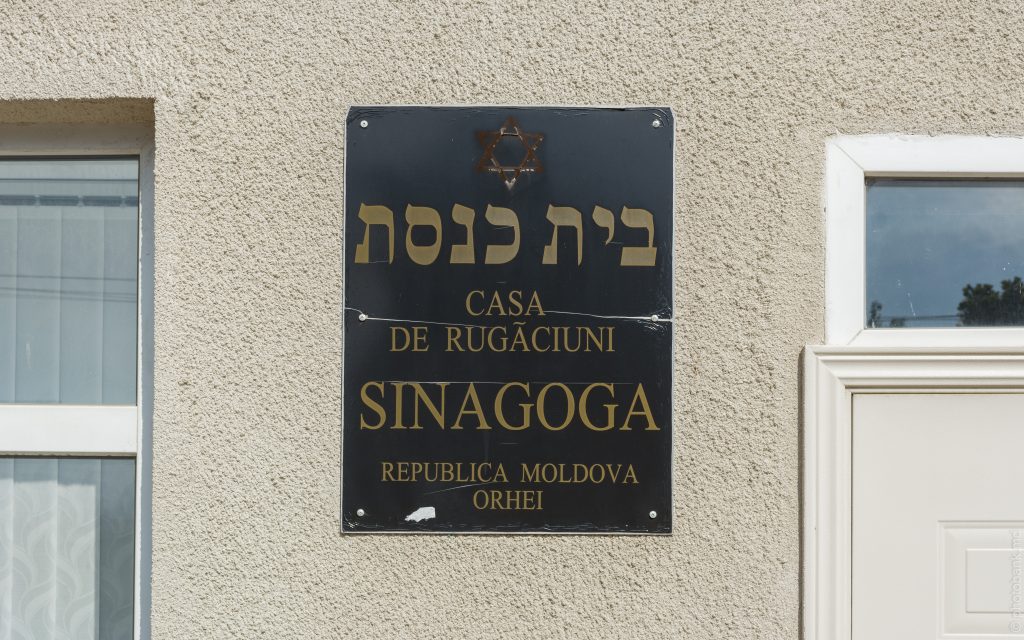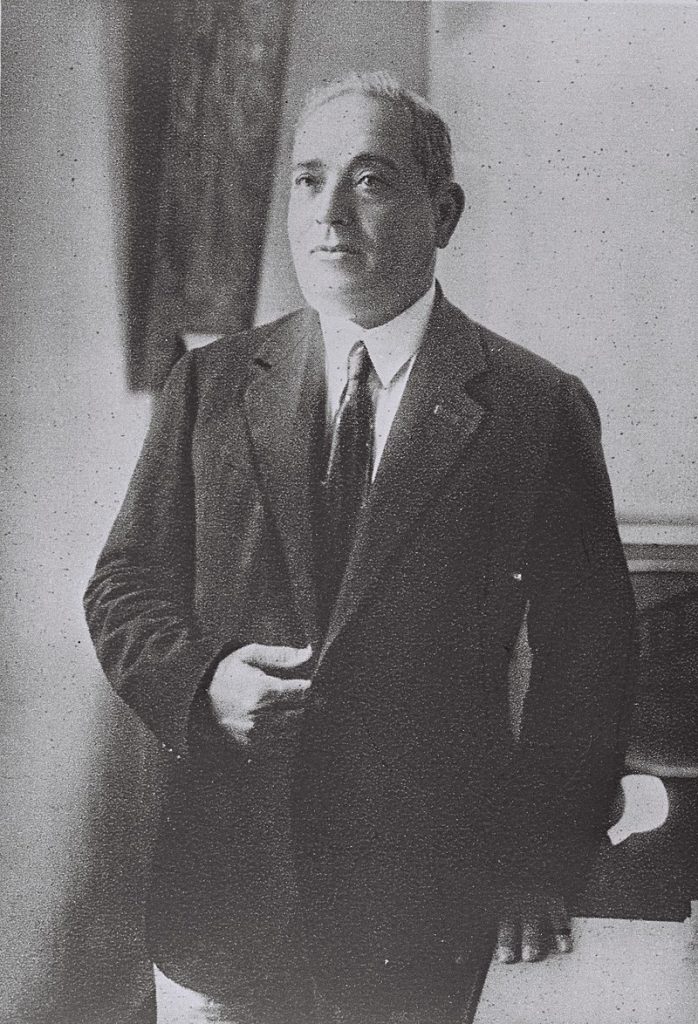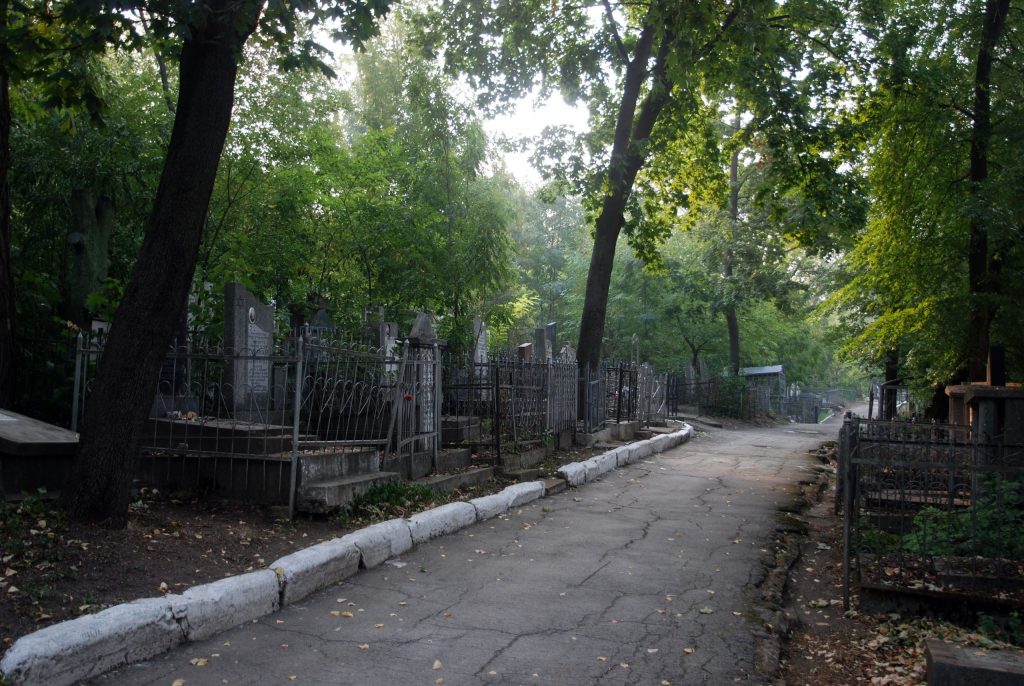Located about forty kilometers from Chisinau, Orhei is best known by tourist guides for its troglodyte monastery, located on the outskirts of the city in Orhei Vechi, very interesting to visit. It is also considered one of the major tourist spots in Moldova.

The city also has a rich Jewish past, many traces of which remain today. As you exit Chisinau on the Orhei Road, ask to stop at the monument erected in 1991 at the site of a site where mass executions of Jewish citizens, exploited in a nearby quarry, took place. To get to Orhei from Chisinau, you can either use a marshrouthka (collective minibus) specifying that it is in Orhei, and not in Orhei Vechi that you want to go, or take a taxi. In both cases, the easiest way is to leave from the Piata central bus station, the central market. Allow around half an hour by taxi and an hour by marshroutka. Finally, do not hesitate to contact the Chisinau Jewish Cultural Center before your visit, which can put you in touch with representatives of the city’s community.

As with the rest of Bessarabia, it was especially from the beginning of the 19th century that a significant Jewish presence developed in Orhei. Meir Dizengoff, the first mayor of Tel Aviv, was born in one of the families in this region in 1861. At the start of the twentieth century, the city had some 7,000 Jews for a total of 12,000 inhabitants, or about 65% of the population. The Jewish community of Orhei now numbers only a few dozen people, with the majority of the city’s Jews who survived the Holocaust having left for Israel or the United States after the fall of the Soviet Union.
You can start your walk through Jewish Orhei by heading to number 15 Srisului Latin Street, where one of the city’s former synagogues is located, now converted into a shopping center. If the building no longer presents any exterior symbols attesting to its previous functions, its general architecture is typical of those of the region’s synagogues built during the 19th century. Opposite the synagogue is now the municipal stadium, where the Jewish asylum for the elderly was previously located.

You will then be able to stroll on both sides of Vasile Lupu Street, in the streets of the old town, which have kept the shtetl if not the spirit, at least the appearance. Cobbled streets, small one-story houses dating from the Tsarist or Romanian period, backyards serving as storage rooms and henhouses, the decor has not really changed in Orhei since the days when Jews made up the majority of the city’s population city. The latter had their hospital , located around 127 Vasil Lupu Street which you can visit; the premises have remained intact and have now been integrated into the city’s public hospital.
Going up Lupu Street, at number 62, you will come across the only Orhei synagogue still in operation, intermittently. This is where the city’s now small community gathers for the holidays. At the crossroads with Lupu Street is Constantin Stamati Street, which you will take to reach the Orhei Cemetery , one of the oldest in Bessarabia. Established over four centuries ago on a hill on the edge of the city, this cemetery contains more than 25,000 graves and is one of the most moving and best-preserved cemeteries in Bessarabia. We will highlight the presence of two monuments in memory of the victims of the Shoah, one fairly classic, the other more original, bearing in Russian and Hebrew the names of a hundred Jews from Orhei killed by the soldiers. Romanians and Germans during the Second World War.

At number 95 rue Lupu is the House of Haïm Rappoport . A Jew from Orhei, H. Rappoport, after being deported by the Romanians with his whole family to the Domanovka camp, in the Bug region, returned to his hometown, before being exiled by the Soviet authorities in the Irkutsk region, in Siberia, until 1956. In 2003, his son Semeon managed to recover from the Moldovan government this humble home from which the Rappoport family had been expropriated.
Heading back down to the city center, slightly set back from Vasile Lupu Street, at 23 Renasterii Nationale Street is the Orhei Ethnographic Museum , the visit of which is well deserved. Located in a small building in the Neo-Roman style, the museum provides interesting material on the history of the city, particularly during the Second World War.
You can end your walk in Orhei with a lunch at the Primavera restaurant , 152 Vasile Mahu Street. Located in an elegant Art Deco building built at the beginning of the twentieth century, it has been in operation since 1914 and is one of the prides of the city.